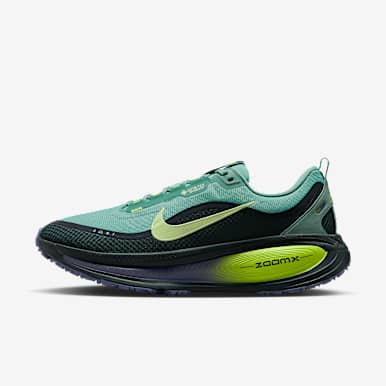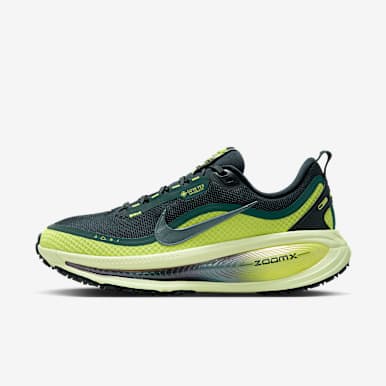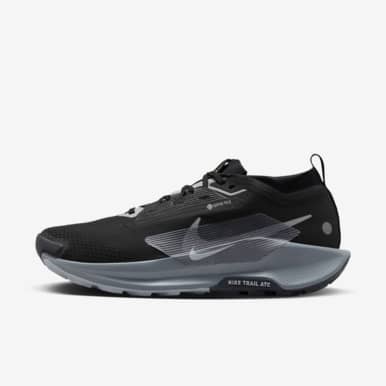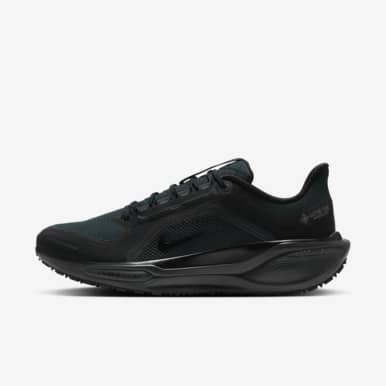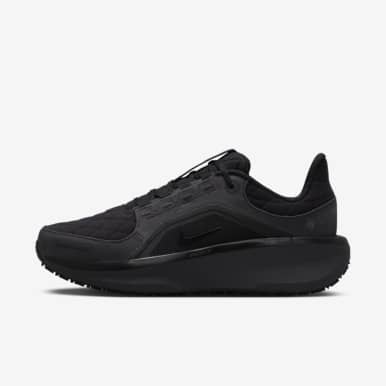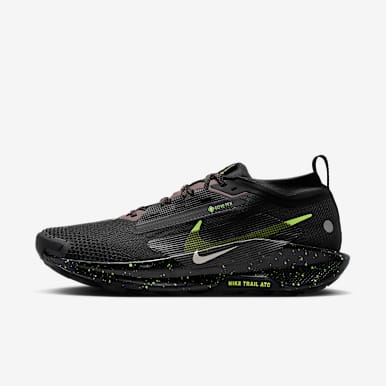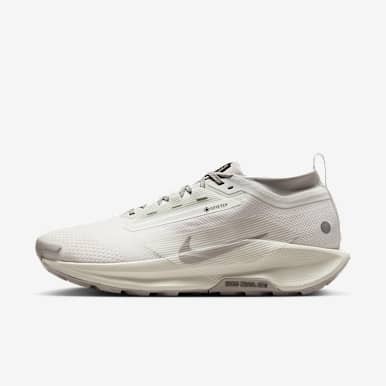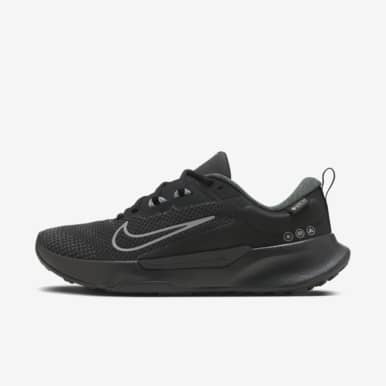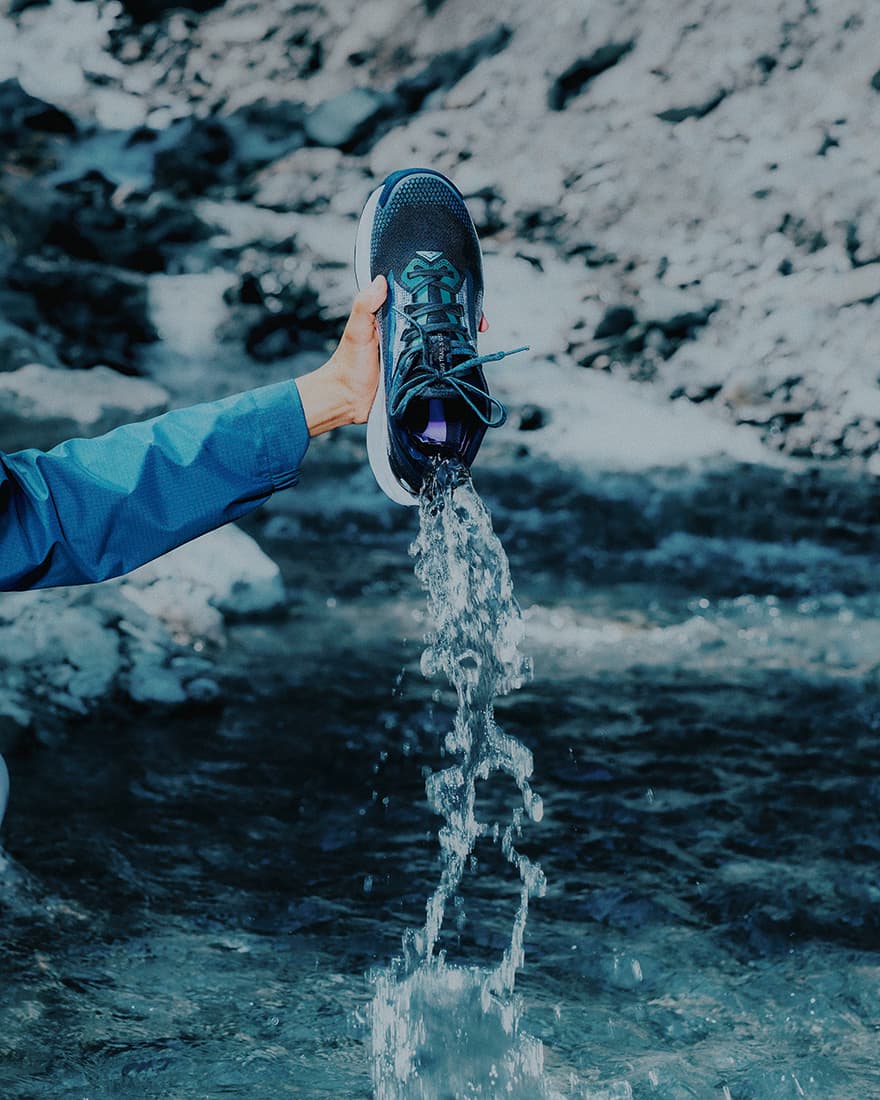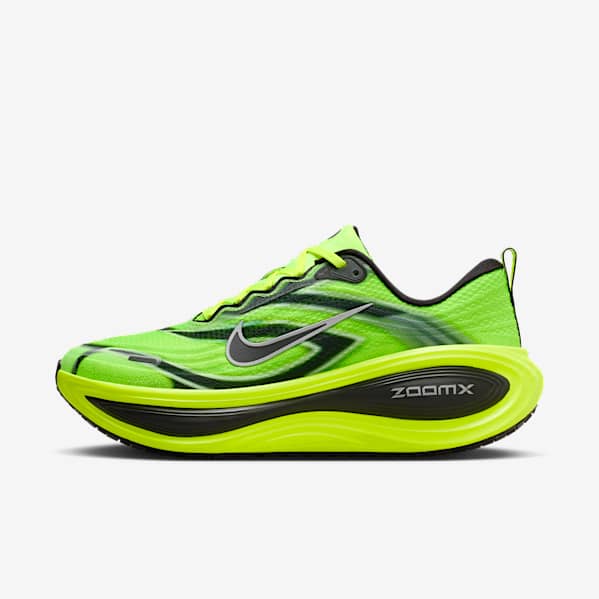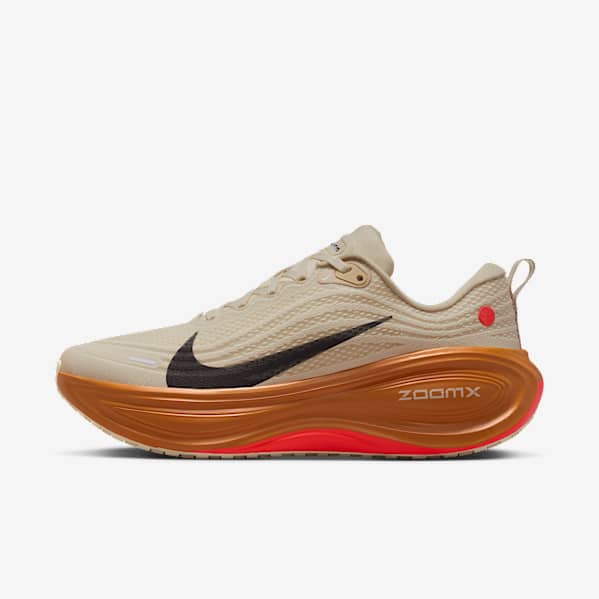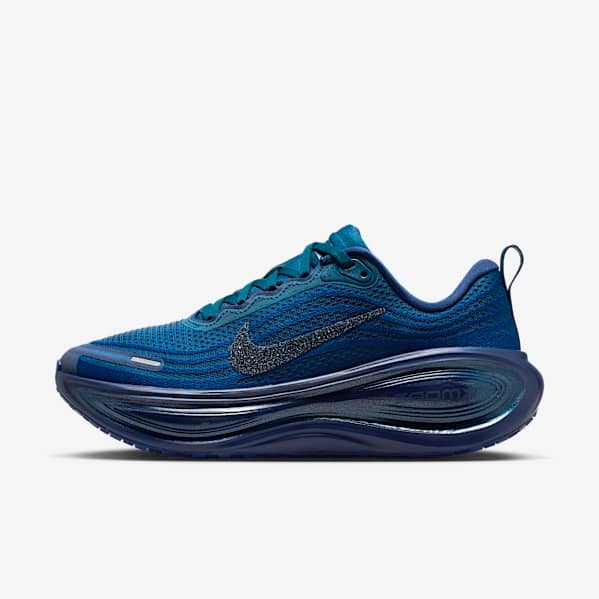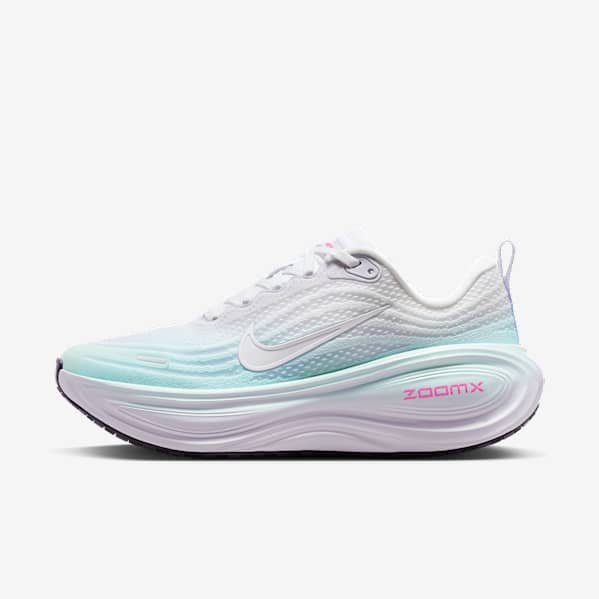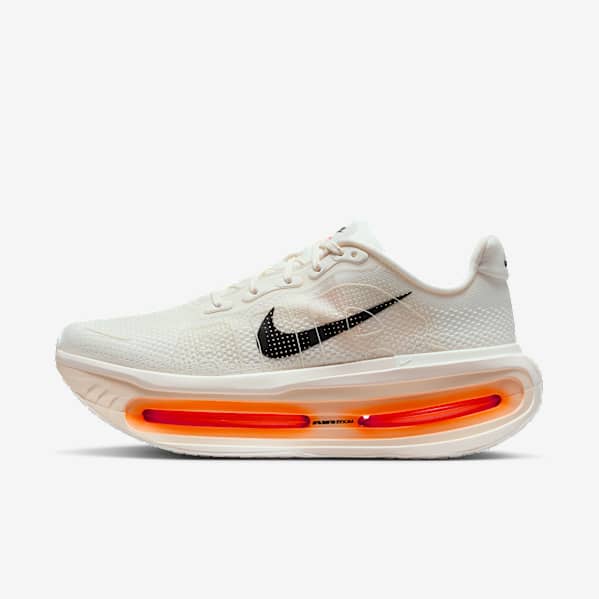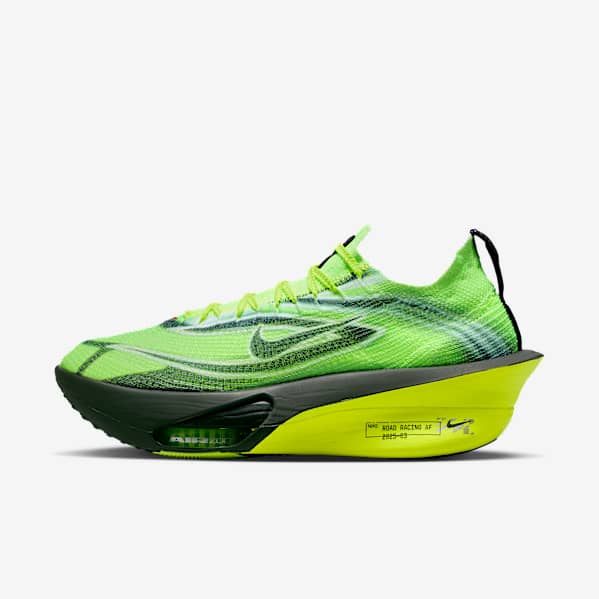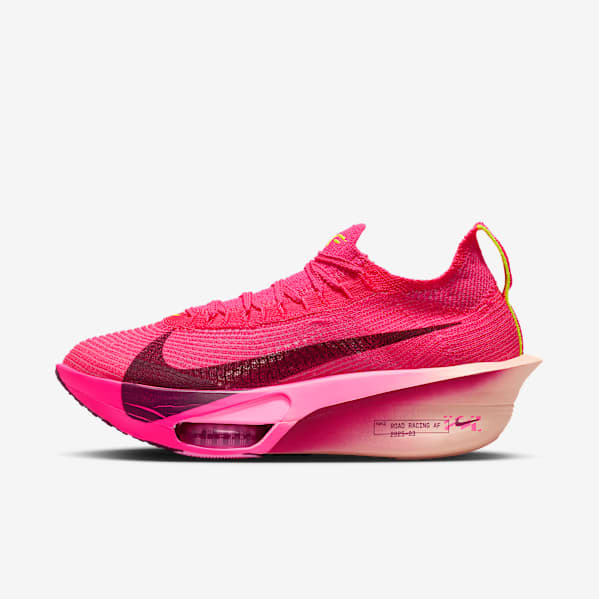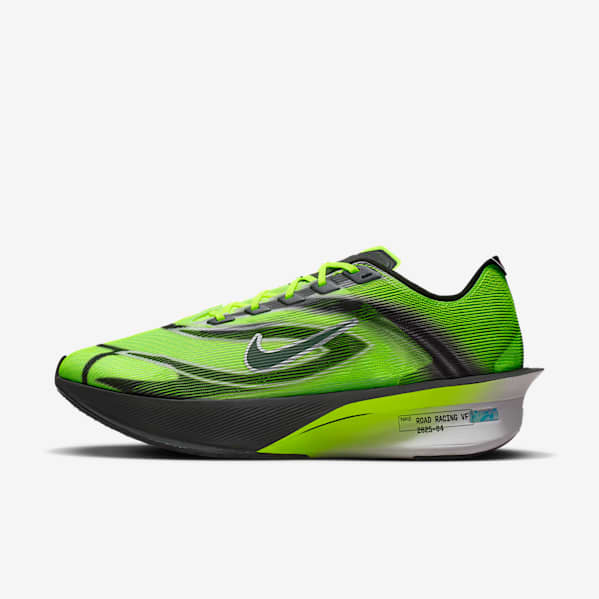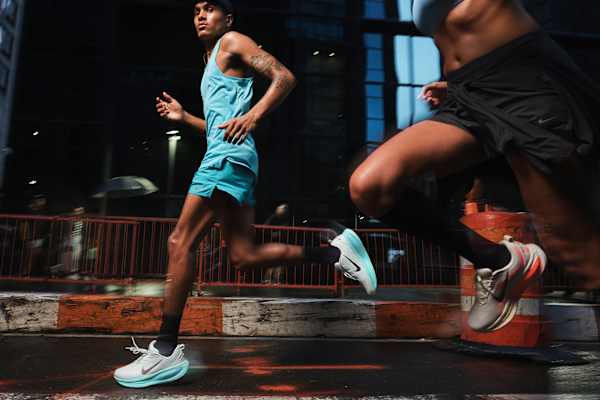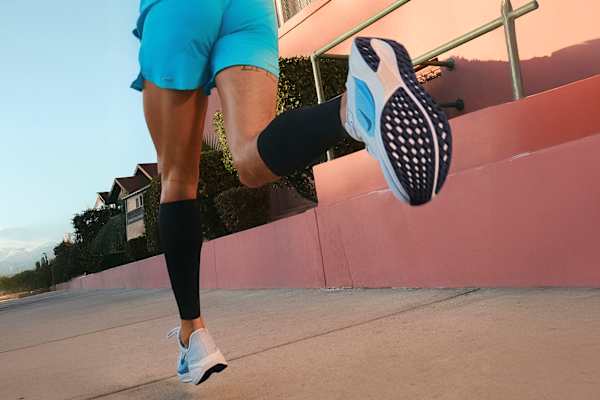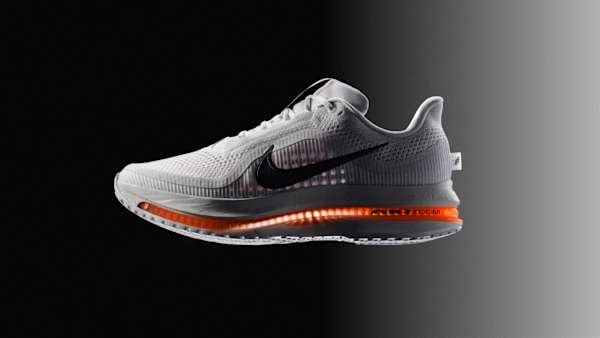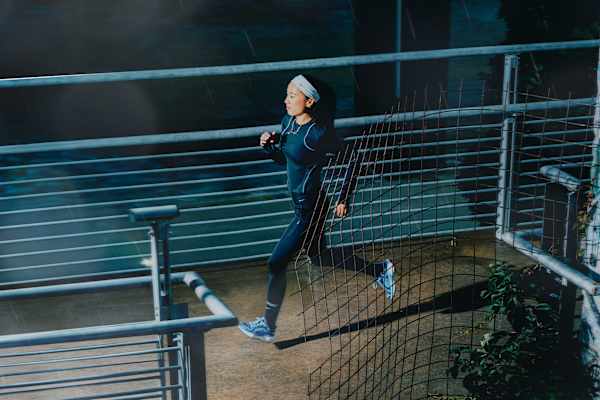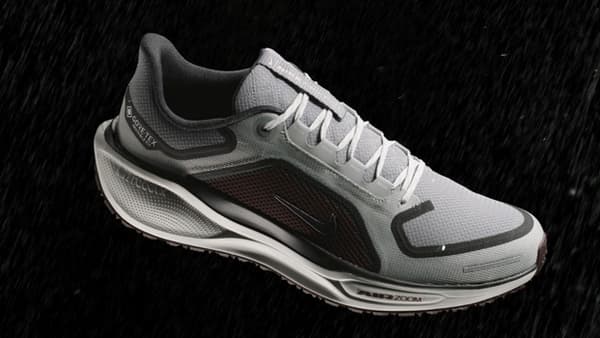What to look for when choosing winter running shoes
Buying guide
Find the best winter running shoes to help protect you from the elements while still elevating performance.

Just because the weather turns cold and icy doesn't mean your training has to shift inside—but it does mean you need to be more strategic. For example, shoes that may have served you well through the summer or autumn might not be the best running shoes for winter hazards.
Research suggests that cold temperatures, as well as wet and snowy weather, can increase your risk of musculoskeletal injuries, which means it's best to wear shoes built for the winter elements, to mitigate such potential injuries. With that in mind, here are insights on winter shoe features that will help you maintain training performance and keep your feet warm.
Waterproofing
Whether you're running on wet roads, muddy terrain or snowy paths, the mandate is the same: stay dry. When feet are dry and comfortable, there's lower risk of developing blisters and other issues, so look for shoes with a high level of protection. The Nike Pegasus 41 GORE-TEX and Nike Pegasus Trail 5 GORE-TEX, which have technology that also provides durability, windproofing and breathability, are two great running shoe options.
Insulation
Thermal insulation refers to a shoe's ability to trap your body heat while providing wind protection. While most waterproof shoes provide adequate insulation in mild winter conditions—especially with the right winter socks—that may not be enough for colder days. Because of that, look for winter running shoes that are extra cosy. The winterized Nike Pegasus Trail 5 not only has a waterproof GORE-TEX upper, but also boasts a ReactX foam midsole with enhanced responsiveness.
Visibility
Winter months come with shorter days, so you're more likely to run in low-light conditions. Also, vehicles need more time to stop in wet conditions, making it crucial that you're seen from a distance. Look for footwear with reflective design features like the Nike Pegasus 41 PRM. These shoes are optimal for everyday road running and offer an energised ride and adjustable fit.
Traction
Winter hazards are no joke—there can be icy patches and puddles that make a running route feel like a skating rink without proper traction or grip. When comparing winter running shoes, look for more traction than what you'd want in a pair of summer road running shoes. The Nike Pegasus 41 GORE-TEX and Nike Pegasus Trail 5 GORE-TEX are great running shoe options since they're both built with a Storm Tread outsole for wet, slippery conditions, and the latter option features an all-terrain outsole for ultimate traction and grip on all surfaces.
Coverage
If you're running or walking on unpaved trails in the snow, a low-top shoe probably won't provide enough protection from the cold or prevent rain and snow from soaking into your socks. Consider a winter running shoe with a high-top silhouette that offers better coverage in colder temperatures as well as all-weather traction. For example, the Nike Zegama 2 women's trail-running shoe features an ankle gaiter that helps limit trail debris, and the engineered mesh on the upper and internal heel help provide stability as well as coverage.
Other factors to consider
In addition to the five main features above, there are some other tips for choosing a winter running shoe, such as trying them on with winter running socks which are usually thicker than everyday socks as they help support runners in cold temperatures.
If you consider all these factors when choosing your winter running shoes, you can better equip yourself to take on cold weather (maybe stay inside for those epic blizzards and ice storms, though) and run with comfort and confidence along the way.
Words by Elizabeth Millard
